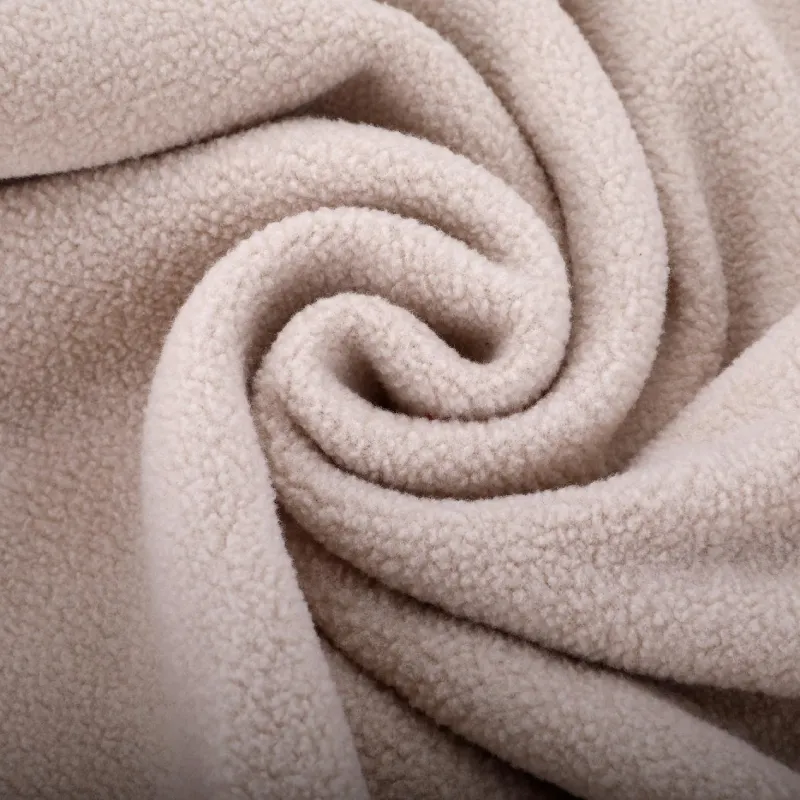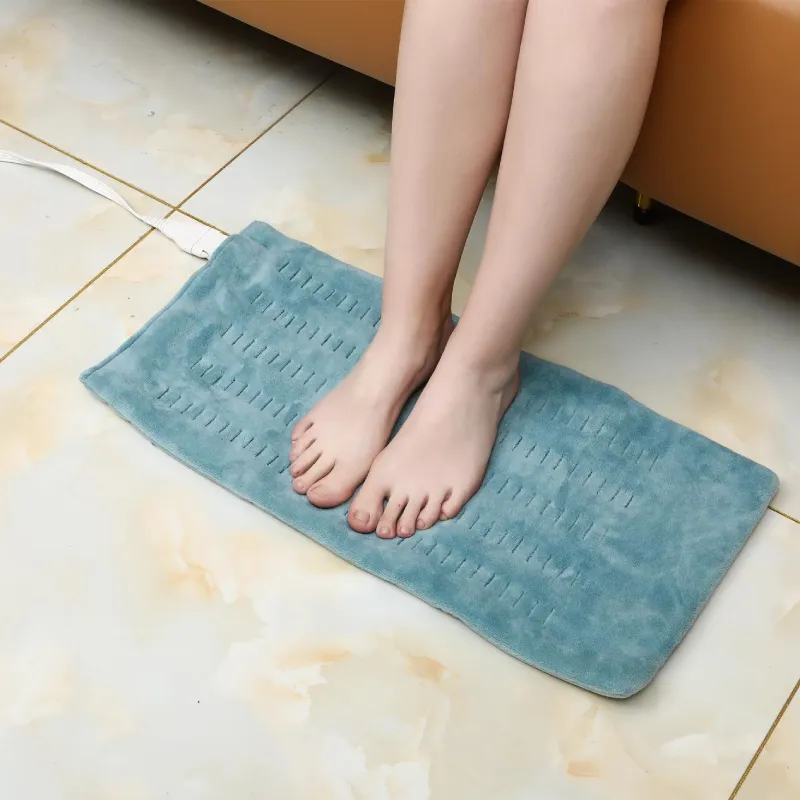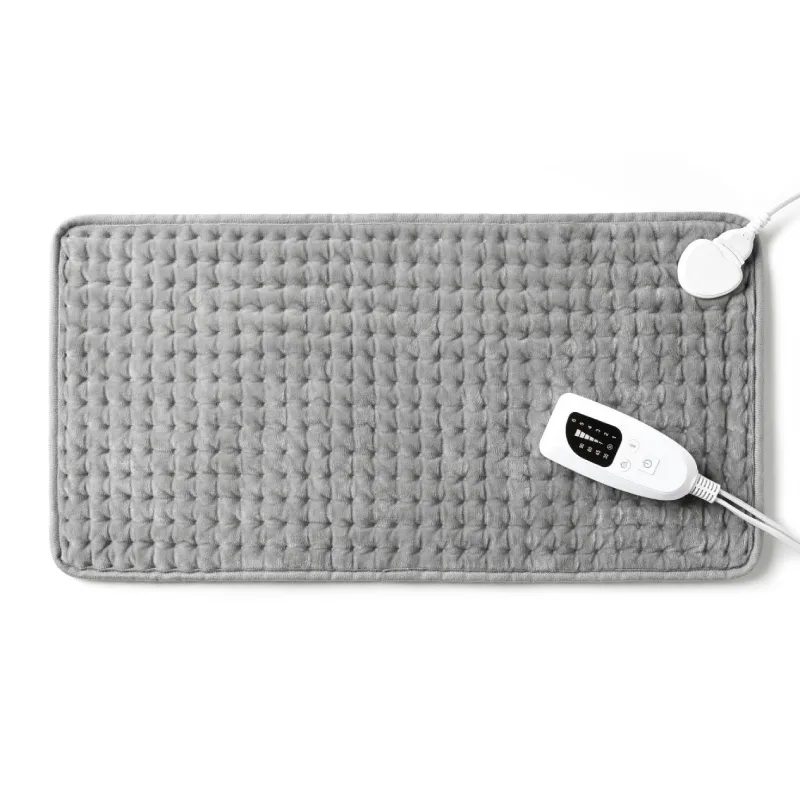
Aug . 20, 2024 07:35 Back to list
Heat Therapy for Managing Degenerative Disc Disease Symptoms and Discomfort Relief
The Role of Heating Pads in Managing Degenerative Disc Disease
Degenerative Disc Disease (DDD) is a common condition that can cause significant discomfort and pain in the back. It arises from the natural wear and tear of the spinal discs that serve as cushions between the vertebrae. As these discs deteriorate, they can lead to reduced flexibility, nerve compression, and chronic pain. Managing this condition effectively is crucial for maintaining a good quality of life, and one of the supporting therapies that many individuals find beneficial is the use of heating pads.
Heating pads offer a simple yet effective way to alleviate pain linked with DDD. They can provide relief through heat therapy, which increases blood flow to the affected area. This enhanced circulation can help reduce muscle spasms, ease tension, and promote healing. Furthermore, heat has a soothing effect, which can help diminish the perception of pain and contribute to an overall sense of well-being.
Types of Heating Pads
There are several types of heating pads available today, catering to different preferences and needs. Electric heating pads are among the most popular, providing a consistent and adjustable heat source. They come in various sizes and shapes, allowing users to target specific areas of the back. Microwavable heating pads filled with grains or gel are another option; they can be heated quickly and provide moist heat, which some users find particularly effective for deeper penetration into muscle tissues.
Regardless of the type chosen, it’s essential to use heating pads safely. Users should avoid applying heat for extended periods (generally recommended to be around 15-20 minutes) and should always have a barrier, such as a cloth, between the pad and the skin to prevent burns. For those with conditions like DDD, where the skin may be more sensitive or damaged due to nerve involvement, taking precautions becomes even more crucial.
heating pad for degenerative disc disease

Timing and Application
Heat therapy is most effective when used at specific times. For many individuals with DDD, applying heat before engaging in physical activity or stretching can help loosen tight muscles and improve flexibility. Likewise, using a heating pad after periods of extended sitting or following physical activity can also provide significant relief. It is essential, however, to listen to one’s body; if heat exacerbates pain, it may be better to alternate with cold therapy, which can reduce inflammation and numb sharp pain.
Integrating Heat Therapy with Other Treatments
While heating pads can be an effective component of a treatment plan for degenerative disc disease, they are most beneficial when integrated with other therapies. Physical therapy, medication, and lifestyle changes—such as regular low-impact exercise and ergonomic adjustments in daily activities—can all support recovery and pain management. Patients are encouraged to consult healthcare professionals to create a comprehensive management strategy tailored to their specific needs.
Conclusion
In summary, heating pads represent a valuable tool in managing the discomfort associated with degenerative disc disease. By enhancing circulation, easing muscle tension, and providing soothing warmth, they can significantly improve quality of life for sufferers of this condition. As with any treatment, it is important to use heating pads judiciously and in conjunction with other therapies. With the right approach, heat therapy can be an effective solution for those seeking relief from the persistent pain of degenerative disc disease.
-
Innovations and Applications of Modern Electric Heating Blankets
Jul.07,2025
-
Innovations and Applications of Electric Fleece Blanket Systems
Jul.07,2025
-
Functional and Cozy Solutions for Personalized Warmth
Jul.07,2025
-
Essential Comfort and Warmth Solutions: Heated Blanket Variants
Jul.07,2025
-
Enhancing Coziness with Warmth - Centric Blanket Solutions
Jul.07,2025
-
Enhancing Comfort and Warmth: Electric Blanket Solutions
Jul.07,2025
Realted Products



